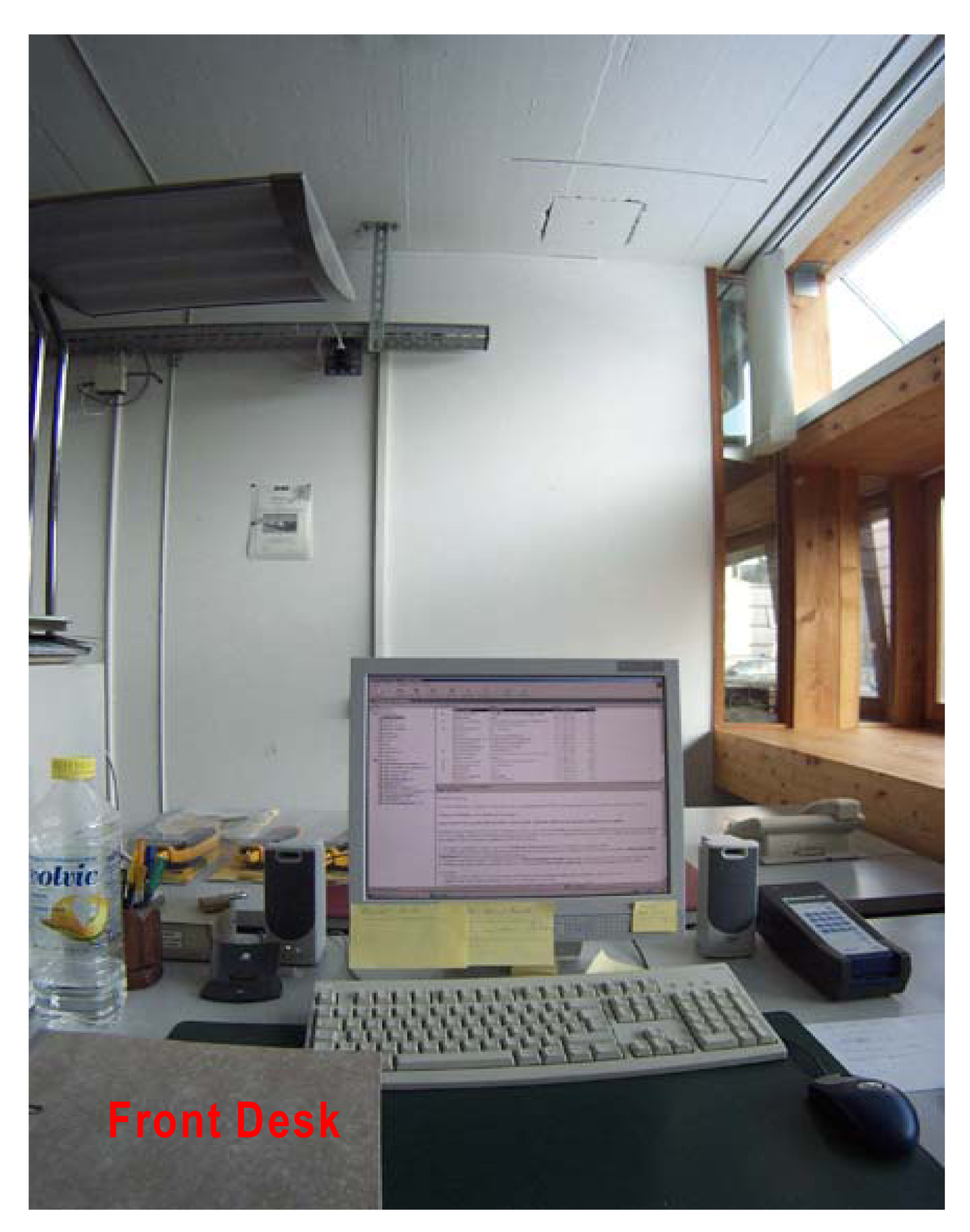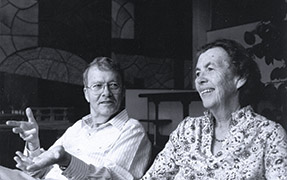Green Lighting project focuses on energy-efficient offices
Rational use of electricity within buildings is currently very important as energy becomes more expensive and excessive energy use is suspected to contribute significantly to climate change.1 Electric lighting is responsible for up to one third of an office building's electricity needs,2,3 yet daylight generates outdoor illuminances that often exceed that required for rooms in offices by several orders of magnitude. To harness this energy, various novel daylighting technologies have been developed in recent decades. However, complementary electric lighting will never become completely redundant. To benefit from the illumination offered by advanced daylighting systems and achieve electricity savings, appropriate integration of lighting systems is required.

By using dimmable electric lighting systems that automatically reduce flux when sufficient daylight is available, significant amounts of energy can be conserved.3,4 In addition, efficient optical components and an optimally sized overall electric lighting system should also be used. The Green Lighting research project at the Swiss Federal Institute of Technology in Lausanne (EPFL), aims to develop integrated day- and electric lighting systems for offices that lead to lighting power densities (LPDs) lower than 4W/m2. The LPD is calculated by dividing the overall connected power of an electric lighting system by the floor area of the office under consideration.
The main idea behind the Green Lighting project is to combine anidolic daylighting systems5 (ADS) with highly efficient light sources and luminaires using advanced control strategies. ADS are very effective façade-integrated daylighting systems designed following the principles of non-imaging optics.6 ADS typically collect a maximum flux of daylight outside the building and redistribute it deep into a room using a minimum number of reflections.
The south-facing offices of the Solar Energy and Building Physics Laboratory (LESO), located on the EPFL campus, are equipped with the ADS, as shown in Figures 1 and 2. The daylight factors (outside illuminance over inside illuminance, expressed as a percentage) for offices equipped with these systems reach 6.5% beside the windows, 5% in the center of the room (2m from windows), and 2% at the rear (4m from windows).7 The LPDs of the offices are very uneven, ranging from 4.5W/m2 to 13.7W/m2, with an average of 9.1W/m2. Figure 3 presents the LPDs for 15 different LESO offices as well as the main reasons for differences between them.8

A post-occupancy evaluation study based on user satisfaction questionnaires was recently conducted in the LESO building. It showed that occupants of `best practice’ offices with LPDs around 5W/m2 are as satisfied with their lighting environments as occupants in offices with more powerful lighting installations.8 We have therefore decided to take the lighting conditions within the best practice offices as a starting point for the development of novel lighting strategies with even lower LPDs.
We used the ray-tracing software RELUX Vision9 to simulate the artificial lighting conditions within one of the best practice offices. Five different reference planes were considered in the simulations: the entire office, the workplane surroundings, the workplane, and two individual workspaces (for tasks that require larger average illuminances). Figure 4 (left) shows the resulting illuminance distribution for the current electric lighting installation (two 69% efficiency ceiling-mounted luminaires, each equipped with one 36W fluorescent tube), while Figure 4 (right) shows the results for a more energy-efficient design (two 96% efficiency ceiling-mounted luminaires, each equipped with one 28W fluorescent tube). The corresponding LPDs are 5W/m2 and 3.5W/m2 (additional consumption due to electronic gear is not taken into account).

The novel electric lighting installation, which leads to the illuminance distribution shown in Figure 4 (right), is not only more energy-efficient than the current, 5W/m2 LPD installation, it also outperforms it on average illuminance and uniformity.8 Averaged over the five different reference planes, the 3.5W/m2 design improves illuminance by 22%. The average improvement in reference plane uniformity (defined as the highest illuminance observed on each plane divided by the corresponding average illuminance) is 13%, with the largest improvement occurring in the ‘entire office’ reference plane. We expect to confirm these promising simulation results through on-site monitoring in the LESO experimental building in September 2007.
This study clearly shows that optimal integration of anidolic daylighting systems with highly energy-efficient electric lighting components can already lead to lighting power densities lower than 4W/m2. New developments in lighting technology, such as highly efficient white LEDs, organic LEDs, and non-imaging luminaires, might make it possible to reduce office LPDs to less than 3W/m2 in the near future. This is only possible, however, for offices equipped with advanced daylighting technologies where electric lighting is mostly complementary during working hours.
The Green Lighting project is supported by the Swiss Federal Office of Energy (SFOE).
Friedrich Linhart is a PhD candidate at the Solar Energy and Building Physics Laboratory (LESO-PB) at the Swiss Federal Institute of Technology, Lausanne, working on energy-efficient lighting solutions. He holds degrees from Technische Universität Darmstadt (Electrical Engineering and Information Technology) and Ecole Centrale de Lyon (General Engineering Science). Friedrich worked as an intern for ABB, Bosch, and AT Kearney before joining LESO-PB in June 2006.
Jean-Louis Scartezzini heads the Solar Energy and Building Physics Laboratory, the Institute of Infrastructures, Resources and Environment, and the Doctoral Programme in Environment at the Swiss Federal Institute of Technology, Lausanne. He is the author of more than 200 scientific publications, a member of several federal commissions and international experts groups, and associate editor of several scientific journals.




